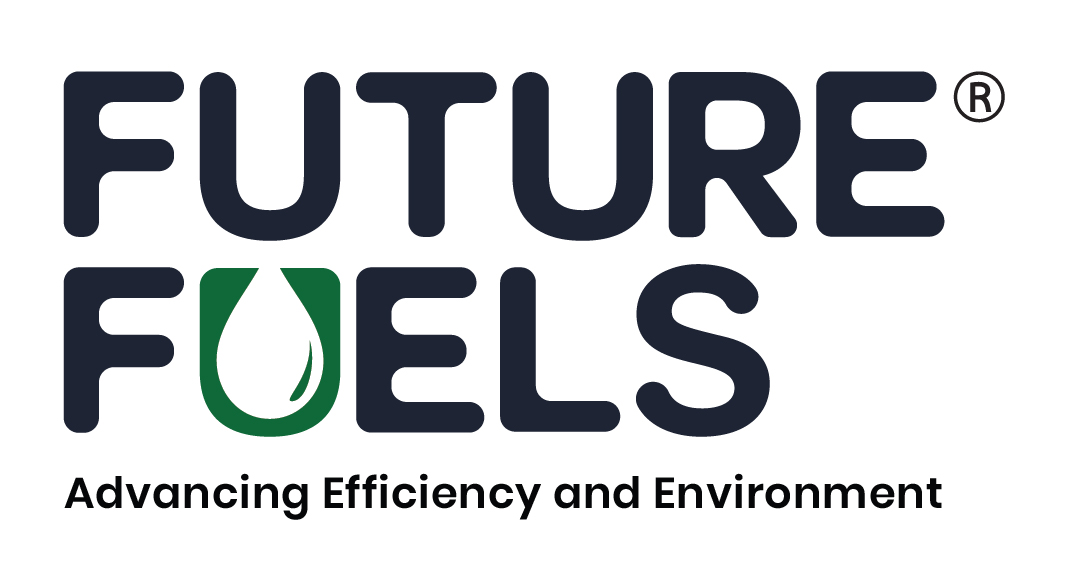Likely grabbing the most headlines is an 80-page report from the Washington DC-based International Council on Clean Transportation (ICCT) which claims real-world methane emissions from LNG-fuelled ships are higher than current regulations assume.
Policymakers have been urged to consider increasing the default methane slip value to at least 6% for the most common LNG engine on the back of the ICCT study which is based on data collected by drones, helicopters, and onboard sensors during the two-year Fugitive and Unburned Methane Emissions from the Ships (FUMES) project, a collaboration between the ICCT, Danish emissions monitoring firm Explicit, and the Netherlands Organization for Applied Scientific Research (TNO).
The authors of the FUMES report claim it contains the most comprehensive dataset of real-world methane emissions from LNG-fuelled ships to date, including methane slip from engines and fugitive methane emissions from LNG cargo unloading operations. Methane slip is the proportion of LNG fuel, which consists mainly of methane, that escapes unburned from the engine. Real-world methane slip measured in the plumes of 18 ships using the most common type of LNG marine engine – the LPDF 4-stroke engine – averaged 6.4%, whereas EU regulations currently assume 3.1% methane slip and the International Maritime Organization (IMO) assumes 3.5%.
The report therefore recommends that EU and IMO policymakers consider increasing the default methane slip value for LPDF 4-stroke engines to at least 6%.
Other results from the study show that methane slip and work-specific NOx emissions were highest at the lowest engine loads.
Two other future fuel reports – both with links to the gas industry – have also been published in recent days. UK consultancy Thetius was tasked by SEA-LNG, a lobby group for LNG as a ship fuel, to develop an alternative fuels barometer. The study claimed LNG and biofuels stand out as today’s alternatives, while methanol and electrical are viewed as capacity-constrained, hydrogen and ammonia are deemed capable future fuels, while nuclear is seen as a moonshot.
Despite perceptions, most methanol today, according to the Thetius report, is fossil-fuel-derived grey methanol with high emissions while green methanol scalability is viewed as a significant challenge.
Tags: IICT, Methane slip, Ships, TNO

Recent Posts
GCMD completes biofuel supply chain trials with Hapag-Lloyd
Airbus partners with Avolon on hydrogen aviation
Nuclear power transition more safe option for decarbonisation than coal
ABS presents industry’s first advisory on ammonia bunkering
AW Shipping orders multiple dual-fuel vessels from China
HIF Global partners with Airbus to advance development of SAF
ASL Aviation signs agreement with ZeroAvia for retrofit
AM Green plans to invest $1 bn to set up 2G biofuel plants